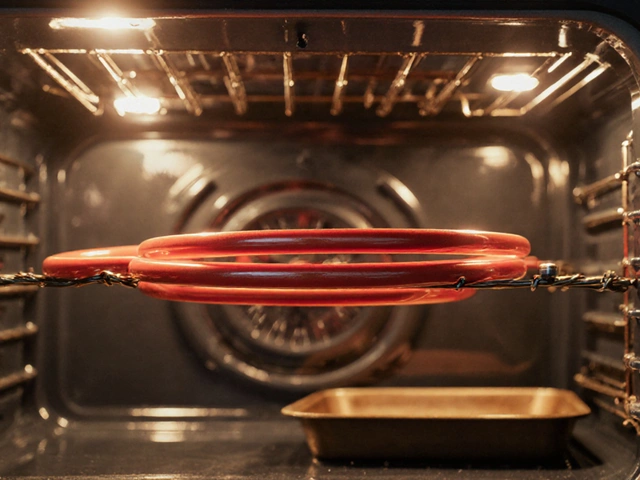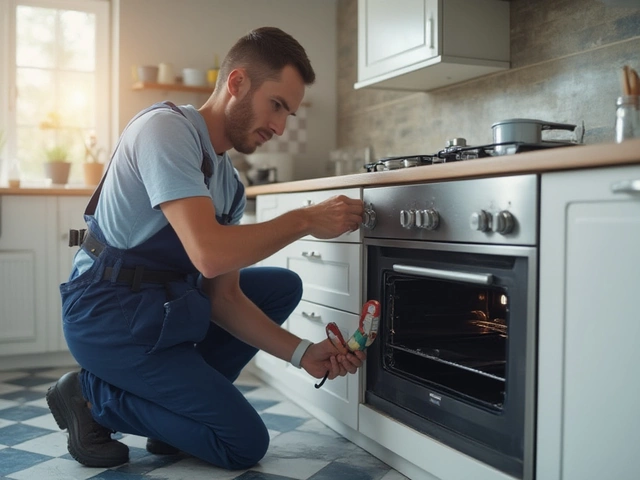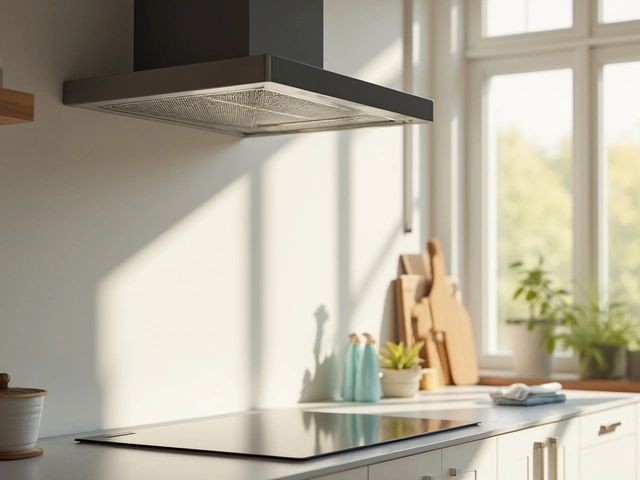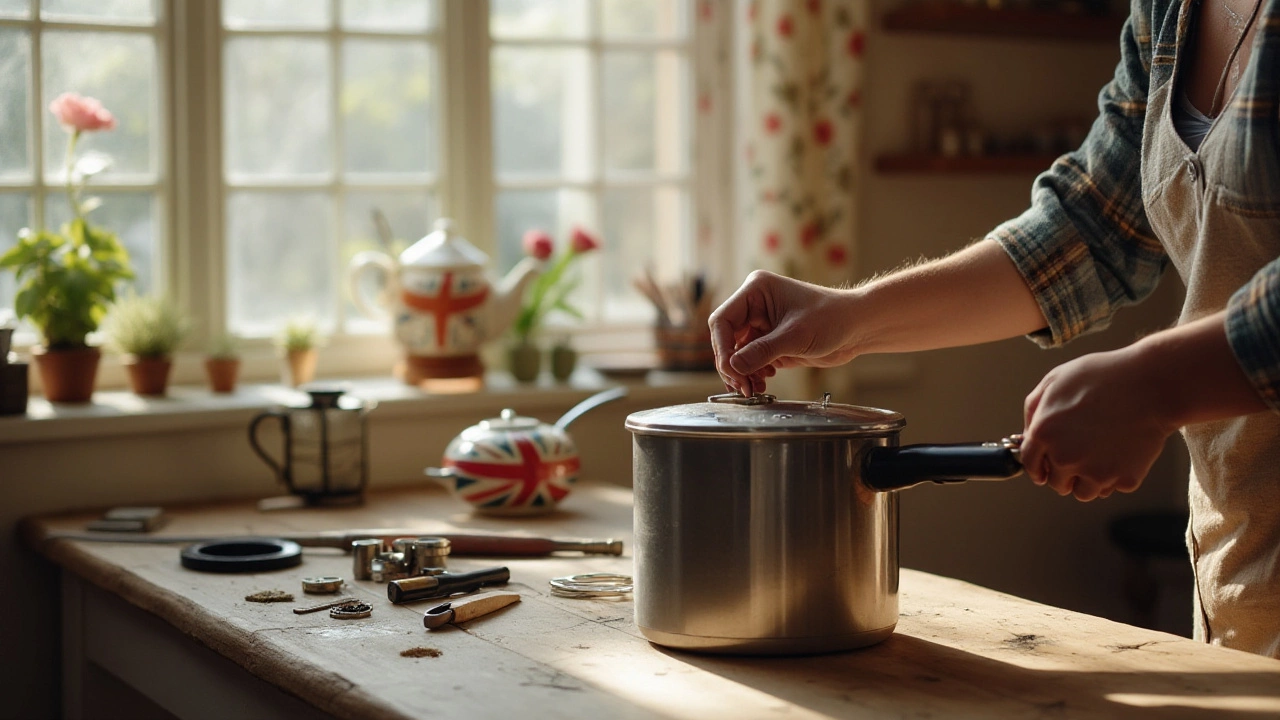Kitchen Tools Maintenance: Simple Tips to Extend the Life of Your Appliances
Got a kitchen that feels more like a repair shop than a cooking space? You’re not alone. Most homeowners ignore the tiny things that keep ovens, hobs, and fans working, then wonder why they’re paying a fortune to fix them. The good news? A few easy habits can stop most problems before they start.
Everyday Care for Your Main Appliances
Oven & range: Wipe spills while they’re still warm. A damp cloth removes burnt‑on food that would otherwise harden and damage the heating elements. Check the door seal every month – a cracked gasket lets heat escape and makes the oven work harder.
Glass or ceramic hob: Scrape off crumbs with a soft plastic scraper before cleaning. Avoid abrasive pads; they can micro‑scratch the surface and hide cracks. If a spot looks cloudy, a mix of baking soda and water applied with a non‑scratch pad usually restores the shine.
Extractor fan: Turn the fan off and remove the metal filter once a week. Soak it in hot, soapy water, then rinse and dry before slipping it back. A clogged filter reduces airflow, causing extra humidity and possible mold in your kitchen.
Dishwasher: Run a hot‑water cycle with a cup of white vinegar twice a year. This clears mineral buildup that can cause poor cleaning and noisy operation. Clean the spray arms by poking out any blocked holes with a toothbrush.
Washing machine: Leave the door ajar after each use to let the drum dry. Run a monthly maintenance wash (empty drum, hot water, and a little baking soda) to keep smells away and prevent mold on seals.
Seasonal Deep‑Clean Checks
When the seasons change, take an hour to do a deeper inspection. Look for rust on metal parts, tighten any loose screws, and check power cords for wear. For fridges and freezers, pull them out and vacuum the coils at the back – dust makes the compressor work harder and can raise electricity bills.
If you spot a crack in a glass hob or a fan that hums but doesn’t spin, don’t wait. Small fixes (re‑seating a motor, replacing a filter) often cost under £50, while waiting can lead to a full‑part replacement.
Finally, keep a simple log. Write down the date you last cleaned each appliance and any odd noises you heard. When a professional shows up, they’ll have a clear history, which speeds up diagnosis and can lower labor costs.Sticking to these quick steps means fewer emergency calls, lower energy bills, and a kitchen that feels reliable every time you fire it up. Give your tools the attention they deserve – your wallet will thank you.






